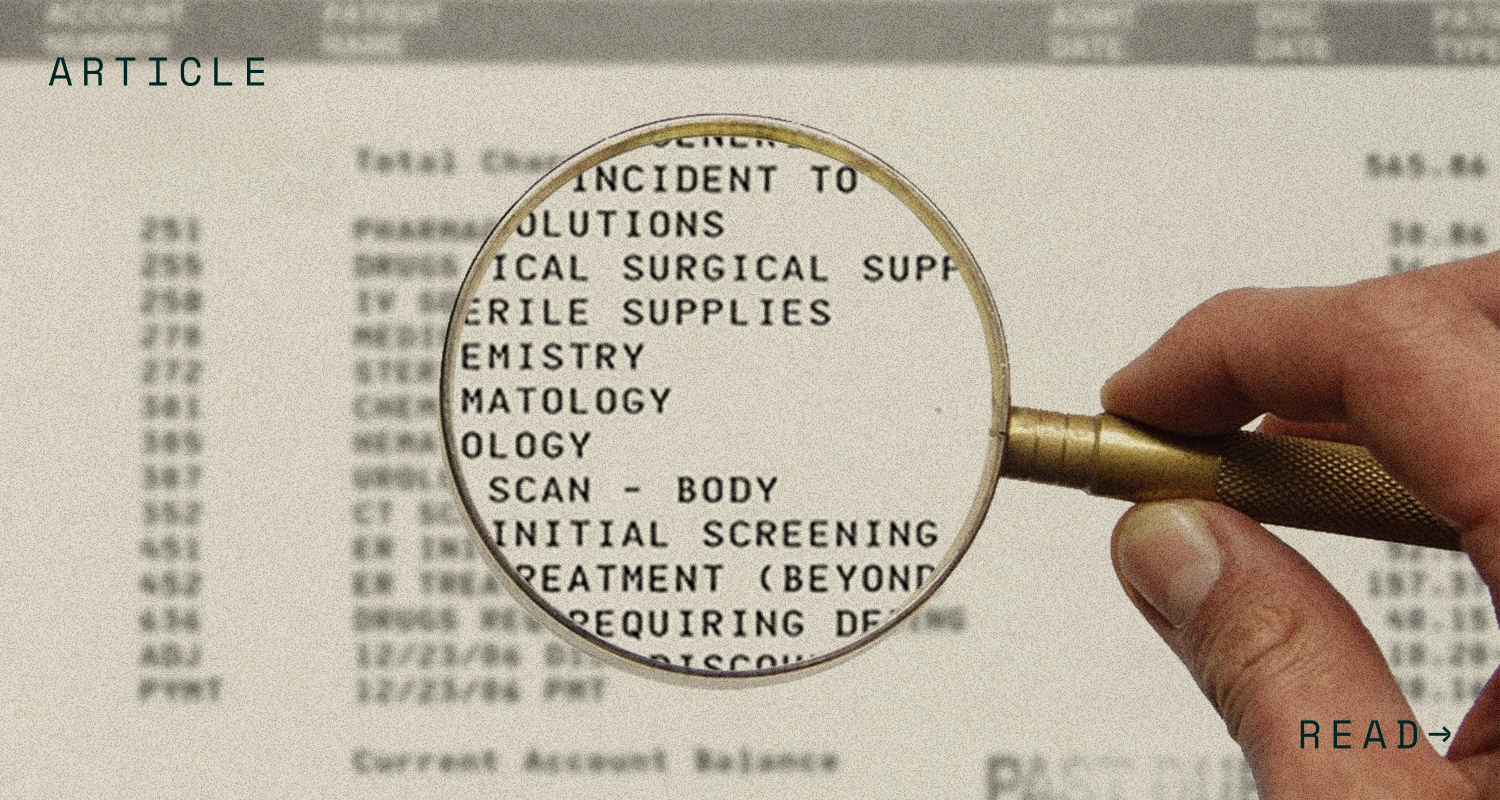In July 2023, the Departments of Labor, Health and Human Services, and Treasury (collectively the “Departments”) issued their second annual Report to Congress, addressing recent Mental Health Parity and Addiction Equity Act of 2008 (MHPAEA) enforcement efforts and serving as the disclosure requirement implemented by the Consolidated Appropriations Act, 2021 (CAA). Similar to concerns addressed in their 2022 Report (see our blog Report to Congress Highlights Ongoing Mental Health Parity Compliance Concerns), the report summarizes continued compliance concern with certain aspects of the MHPAEA, namely plan design and application of non-quantitative treatment limitations (NQTLs), discussed further below.
Background
MHPAEA applies to group health plans and insurers that provide coverage for mental health or substance use disorder (MH/SUD) benefits and prohibits certain group health plans from imposing higher financial requirements (e.g., insurance and copays) or stricter treatment limitations (e.g., frequency of treatment, number of visits, days of coverage) on MH/SUD benefits as compared to medical/surgical (M/S) benefits. Among its requirements, plans and issuers are prohibited from imposing more restrictive NQTLs on MH/SUD benefits than M/S claims. Examples of NQTLs include (but are not limited to) prior authorization requirements, step therapy/fail-first policies, and limitations based on medical necessity.
In late 2020, the CAA amended the MHPAEA, requiring group health plans that offer MH/SUD benefits (and impose NQTLs) to perform and document a comparative analysis on the design and application of NQTLs on MH/SUD benefits (effective since February 10, 2021). In conjunction with this requirement, the DOL was to provide a report to Congress annually addressing comparative analyses for NQTLs and MHPAEA compliance. For more information on the comparative analysis requirement, see our blog Guidance Released on the New Mental Health Parity Comparative Analysis Requirements.
2023 Report to Congress: Highlights
The report summarizes the DOL and HHS’s recent MHPAEA enforcement efforts and in doing so, provides awareness of overall MHPAEA ongoing compliance issues. The 2023 report looks at the 18-month period since plans and issuers were first required to make their comparative analyses available upon request, discusses common NQTL deficiencies and provides examples of impermissible NQTLs imposed on MH/SUD benefits and the related enforcement action. Highlights from the report are as follows:
- Enforcement Priorities. The report reiterates the four priority areas (mentioned in the 2022 report) and adds two additional areas. The six current enforcement priorities include:
- Prior authorization requirements for in- and out-of-network inpatient services;
- Concurrent care review for in- and out-of-network inpatient and outpatient services;
- Standards for provider admission to participate in a network, including reimbursement rates;
- Out-of-network reimbursement rates (methods for determining usual, customary, and reasonable charges);
- Impermissible exclusions of key treatments for MH/SUD (new); and
- Adequacy standards for MH/SUD provider networks (new).
The Departments placed increased priority on NQTLs related to network adequacy, noting that lack of in-network providers is a major barrier to accessing MH/SUD benefits.
- Comparative Analyses. During the reporting period, the DOL’s Employee Benefit Security Administration (EBSA) requested 25 comparative analyses, which largely were found to be insufficient and missing required content. The report explains that EBSA did not make comparative analysis requests at random, but rather requested analyses in response to plan provisions that appeared problematic (see the FY 2022 MHPAEA Enforcement Fact Sheet for more details on how plans are identified for investigation, which may stem from participant complaints to the EBSA or from other sources). In addition, despite the fact that the comparative analysis requirement has been effective since February 10, 2021, many plans and issuers were still unprepared to submit their analysis to the DOL upon request. Common delinquencies of the analyses included inadequate explanations of how factors were applied when determining which MH/SUD benefits would be subject to the NQTL, lack of demonstration that the factors were comparably applied to MH/SUD benefits and to M/S benefits, inadequate explanation of how an NQTL was applied in operation (and lack of demonstration that the NQTL was comparably applied to both MH/SUD and M/S benefits).
- Corrective Action. While the Departments observed many comparative analyses remained deficient (even after multiple insufficiency letters), they also facilitated corrections for NQTL issues that helped to remove barriers to coverage of MH/SUD treatment for millions of participants. Examples of problematic plan designs include (not exhaustive):
- Exclusion of MH/SUD benefits at residential treatments facilities, but coverage for benefits at M/S treatment facilities (and no explanation for differences in coverage).
- Usage of an employee assistance program (EAP) as a gatekeeper for referrals to the plan’s MH/SUD services, but did not use EAP (or the like) as a gatekeeper for M/S benefits.
- Exclusion of MH/SUD benefits provided via telephone, email, or internet, without any similar restrictions on M/S benefits.
- Exclusion of treatment for opioid use disorder with methadone (which must be provided through an opioid treatment program) but covered methadone to treat M/S conditions, without a comparative analysis addressing the exclusion.
In the majority of cases, plans and issuers were able to correct potential MHPAEA violations without the Department’s need to issue determinations of non-compliance. Various group health plan corrective measures that were taken include: the complete removal of an NQTL, changes to plan document language (and notifying participants of any change to plan terms), the addition of coverage for previously excluded benefits, decrease in scope of an NQTL’s application to MH/SUD benefits, among others. The report elaborates on these corrective measures through several helpful examples.
Employer Takeaways
- It is clear from the report that the Departments continue to observe noncompliance with NQTL plan design and application. While this report does not impose any new requirements for employers, the content is critical in achieving and maintaining compliance with MHPAEA.
- The report reinforces MHPAEA requirements while alerting employers of common NQTL plan design issues and insufficiencies in both the format and substance of the comparative analysis requirement.
- Employers should review the report’s guidance and apply the Departments’ findings in conjunction with their carriers and third-party administrators when implementing plan designs that impose NQTLs.
- Employers should ensure they are performing and documenting a comparative analysis to show compliance with MHPAEA or, alternatively, have a plan in place with their carrier (if fully insured) or third-party administrator (if self-insured or level funded) to perform and provide this analysis if requested by plan participants, the DOL, or state agencies.
Additional Resources
- 2023 MHPAEA Report to Congress
- FY 2022 MHPAEA Enforcement Fact Sheet
- Press Release
- The Department of Labor MHPAEA Self-Compliance Tool
- Sequoia Forewords:
The information and materials on this blog are provided for informational purposes only and are not intended to constitute legal or tax advice. Information provided in this blog may not reflect the most current legal developments and may vary by jurisdiction. The content on this blog is for general informational purposes only and does not apply to any particular facts or circumstances. The use of this blog does not in any way establish an attorney-client relationship, nor should any such relationship be implied, and the contents do not constitute legal or tax advice. If you require legal or tax advice, please consult with a licensed attorney or tax professional in your jurisdiction. The contributing authors expressly disclaim all liability to any persons or entities with respect to any action or inaction based on the contents of this blog. © 2023 Sequoia Consulting Group. All Rights Reserved.




